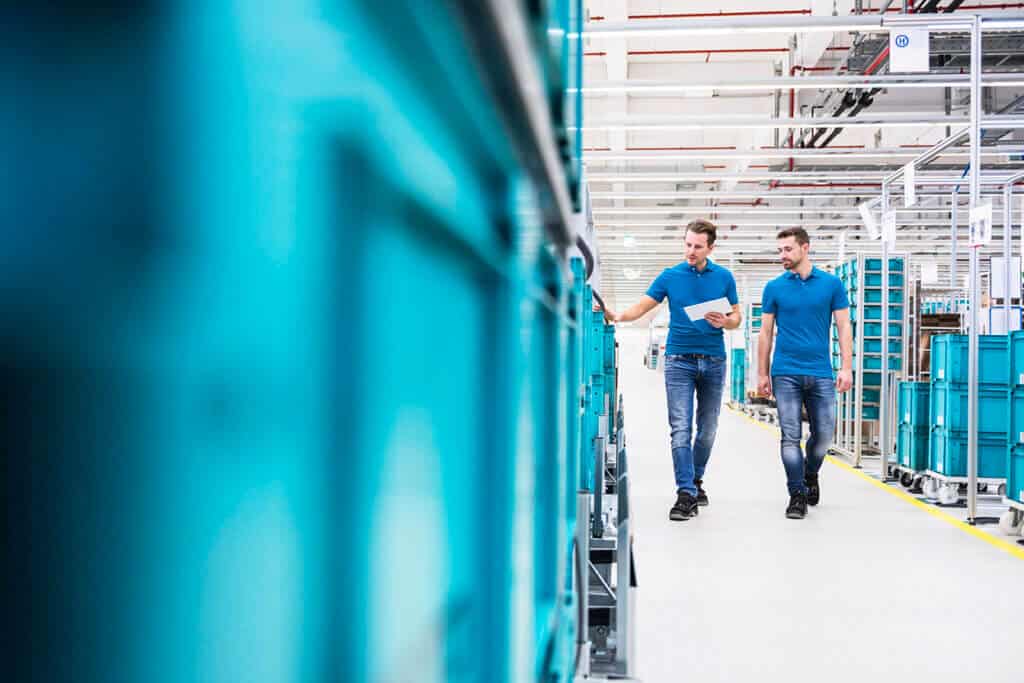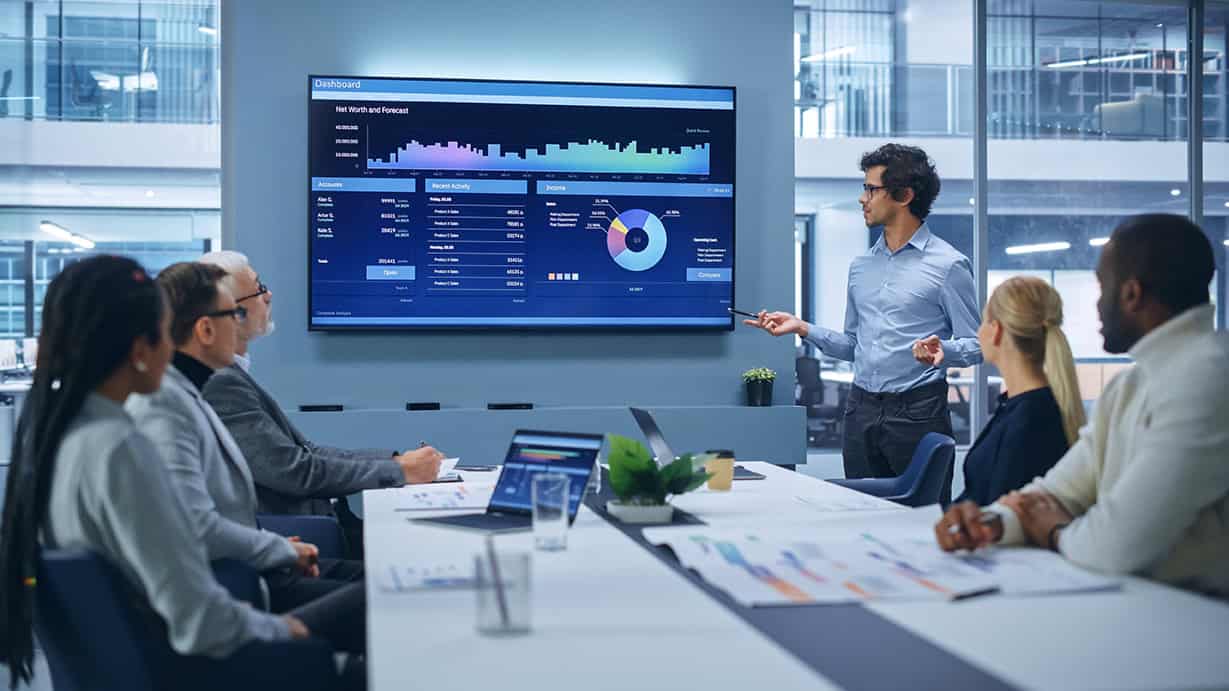
On March 23, Jay McBain, one of the world’s most influential channel professionals, posted an article on Linkedin with a bold title: “The entire technology industry should be watching the Microsoft story unfold this quarter.” The article highlights how channel ecosystems and subscription/consumption models are taking hold and how Microsoft has redefined its partner program in response, introducing new partner scoring, classifications and benefits. Microsoft’s move has drawn both applause and resistance. Despite all the debate, Jay believes as new business models and market approaches become the norm, everyone can learn from the giant that runs the largest (470,000 partners) and fastest-growing partner program in the world.
The only question is: How ready are organizations to make similar changes? Ecosystems are the latest trend, but when should a company jump on this bandwagon, and how do we define ecosystem readiness?
What is a channel partner ecosystem?
First, we should analyze what the channel partner ecosystem is. Traditionally, the term “channel” referred to the set of entities that sold a company’s products and services to the end customer or other organizations, either alone or with some value-added components. In contrast, the channel ecosystem includes additional entities that, while not selling the company’s products, in some way influence the initial purchase or support the post-sale retention, which is so important to subscription sales (for more details on the rise of ecosystems, see my blog post, “The Ages of Channels”).
But is this really any different from the way business has always been done? Initial purchasing decisions have always been influenced by people and/or organizations that possessed knowledge, authority, and power that inspired admiration, respect, or fear. Product placements in movies and TV, goods or services labeled “by royal appointment” – all of these influenced purchase decisions long before anyone talked about influencers. Also, the quality of the product, service, support, and overall experience with the vendor or third parties working with the vendor have always tipped the scales for repeat purchases and customer loyalty. So, what’s new? The ecosystem has always existed, but now companies are waking up to it. They are developing an understanding that by thoroughly managing every interaction and every party that comes into contact with a sale in any way, they can take the burden and control out of the hands of the end customer and increase reach, revenue, profitability, image and all the good things that every company cares about. What’s new is a programmatic approach to managing the ecosystem.
A newer, streamlined channel partner ecosystem approach
There are two sides to this programmatic approach. On one side, it requires adapting partner programs, defining new segmentation and partner tiering models, tracking new metrics and KPIs to measure performance against the role each partner plays, and introducing new benefits that are relevant and attractive to partners based on their business model. This is exactly what Microsoft is doing with the introduction of its New Commerce Experience and the new partner scoring algorithm.
On the other hand, implementing these new partner programs requires a technology infrastructure that helps companies deal with growing data volumes, increasing use-case complexity, and expanded cross-enterprise processes. The white paper, Enabling Holistic Channel Management: A Technology Guide, provides comprehensive guidance for vendors looking to build out their infrastructure to support their modern partner programs.
Both sides are needed. But even if the company adjusts its programs and has the infrastructure in place to execute them, as evidenced by the recent petition against Microsoft’s program changes, there is still potential for friction.
Gaining channel partner buy-in
Any company that has ever launched an initiative to collect sales and inventory data from its partners knows that two things are critical to successfully obtaining such information. First, you have to gain the trust of partners and clearly communicate, explain, and demonstrate the benefits of the initiative to them. Second, it is necessary to ensure that partners are technically capable of easily providing the data they are being asked to share. Essentially, it’s about making sure that partners are as ready for the initiative as the company that is rolling it out.
Similarly, the company’s readiness for the ecosystem may not just include new programs, metrics, benefits, processes, and technology, but also partner readiness.
For details about becoming ecosystem-ready, download the whitepaper “Adapting Channels to the New Ecosystem Economy.”







